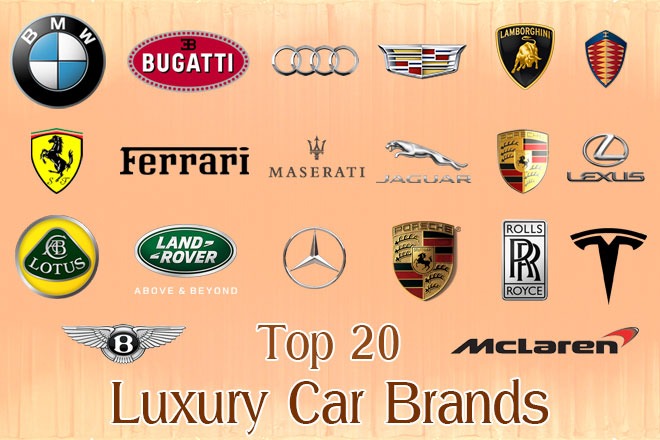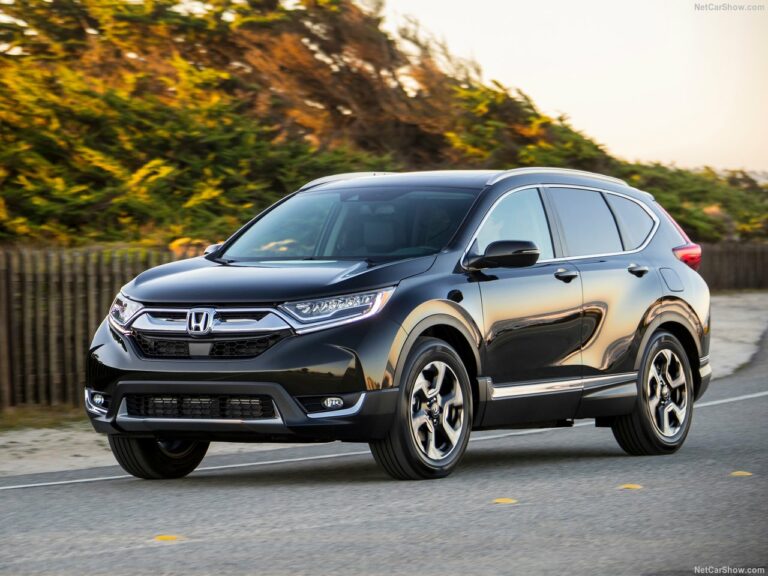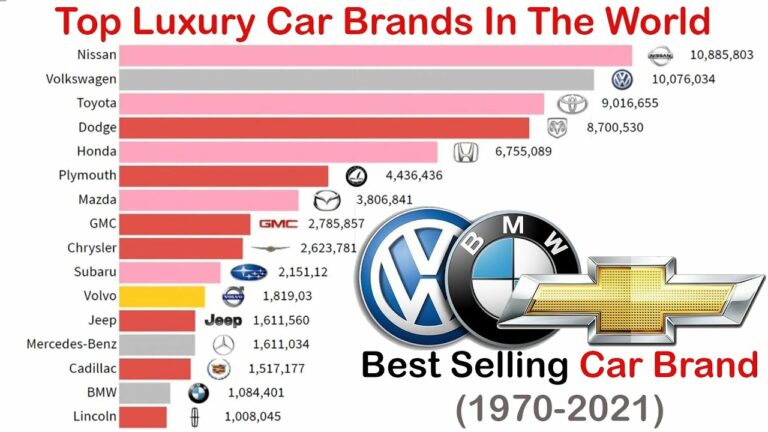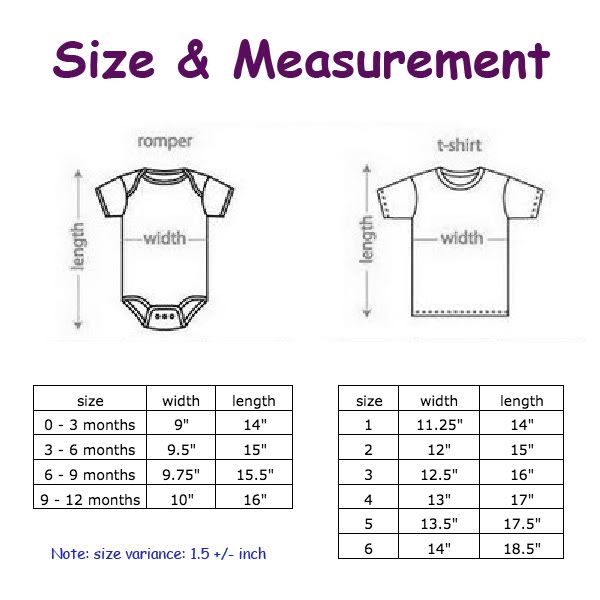Kia’s Ascent into Luxury: Redefining Premium Automotive Experiences
Kia’s Ascent into Luxury: Redefining Premium Automotive Experiences cars.truckstrend.com
For decades, the name "Kia" conjured images of sensible, budget-friendly, and highly practical vehicles. A brand synonymous with value, it efficiently served the needs of millions seeking reliable transportation without breaking the bank. However, in a remarkable transformation, Kia has meticulously chiseled away at this perception, progressively elevating its design, engineering, and in-cabin experience to challenge established premium and even luxury marques. While Kia does not operate a separate, distinct "luxury car brand" in the vein of Lexus (Toyota) or Acura (Honda), it has undeniably carved out a significant niche in the luxury segment with its top-tier offerings, demonstrating that true luxury is not solely defined by a badge, but by the tangible quality, innovation, and experience a vehicle provides.
This article delves into Kia’s impressive journey into the premium automotive space, exploring how a brand once known for its affordability has successfully redefined what a "Kia luxury car" truly means. We will examine the strategic shifts, key models, and design philosophies that underpin this evolution, offering insights for consumers considering Kia’s increasingly sophisticated lineup.
Kia’s Ascent into Luxury: Redefining Premium Automotive Experiences
The Genesis of Kia’s Premium Push
Kia’s strategic pivot towards premium began subtly, gaining momentum in the late 2000s and early 2010s. This shift wasn’t accidental; it was a deliberate, multi-faceted strategy orchestrated by significant investments in design, engineering, and manufacturing quality.
1. The Peter Schreyer Era: A pivotal moment arrived with the recruitment of legendary designer Peter Schreyer from Audi in 2006. Schreyer, known for his iconic designs, brought a fresh perspective and a European sensibility to Kia’s aesthetic. He introduced the distinctive "Tiger Nose" grille, which became a recognizable brand signature, and spearheaded a design revolution that transformed Kia vehicles from bland to bold, stylish, and aspirational. This focus on design instantly elevated Kia’s perceived value and desirability.
2. Quality and Technology Infusion: Beyond aesthetics, Kia committed to significant improvements in build quality, materials, and technological integration. Interiors became more refined, soft-touch materials replaced hard plastics, and advanced infotainment systems and driver-assistance features began appearing across the lineup, often at price points that undercut competitors.
3. Strategic Model Introductions: Kia didn’t just improve existing models; it introduced new vehicles designed to push boundaries. The Optima (K5 in some markets) showcased a sleek, modern design that rivaled more expensive sedans. The Cadenza and later, the K900, were Kia’s initial bold forays into the full-size luxury sedan segment, signaling the brand’s serious intent to compete upstream. While the K900, in particular, struggled with brand perception, it served as a vital proving ground for Kia’s ability to build truly luxurious vehicles.
Pillars of Kia’s Luxury Proposition
Kia’s success in challenging the luxury status quo stems from its meticulous attention to several key areas:
- Design & Aesthetics: Modern Kia vehicles, especially the higher trims, boast sophisticated and often avant-garde designs. From the intricate lighting signatures to the sculpted body lines, there’s a strong emphasis on visual appeal. Interiors feature clean layouts, premium finishes, and thoughtful ergonomics, creating an inviting and upscale cabin environment.
- Technology & Innovation: Kia has embraced cutting-edge technology. Large, crisp infotainment displays, digital instrument clusters, head-up displays, advanced driver-assistance systems (ADAS) like Highway Driving Assist 2, remote smart parking assist, and seamless connectivity options (Apple CarPlay, Android Auto, Kia Connect) are standard or available on many models, often matching or exceeding offerings from traditional luxury brands.
- Performance & Driving Dynamics: While not every Kia is a performance car, the brand has invested in refining its powertrains and chassis. Smooth, powerful engines (including turbocharged and hybrid options), responsive transmissions, and well-tuned suspensions deliver a comfortable, composed ride, often with a surprising degree of agility and refinement for their class. The Stinger, in particular, showcased Kia’s capability in creating a genuine performance-luxury sportback.
- Comfort & Craftsmanship: Step inside a top-trim Kia, and you’ll find an abundance of comfort features and attention to detail. Available amenities include Nappa leather upholstery, heated and ventilated seats (front and rear), panoramic sunroofs, multi-zone climate control, premium audio systems (like Harman Kardon), and enhanced sound insulation for a quiet cabin. The fit and finish are consistently impressive, showcasing a commitment to quality that transcends its former "budget" image.
- Value Proposition: Perhaps Kia’s most compelling luxury proposition is its ability to deliver a premium experience at a significantly more accessible price point than established luxury brands. This "democratization of luxury" allows consumers to access high-end features and sophisticated design without paying a substantial "badge premium."
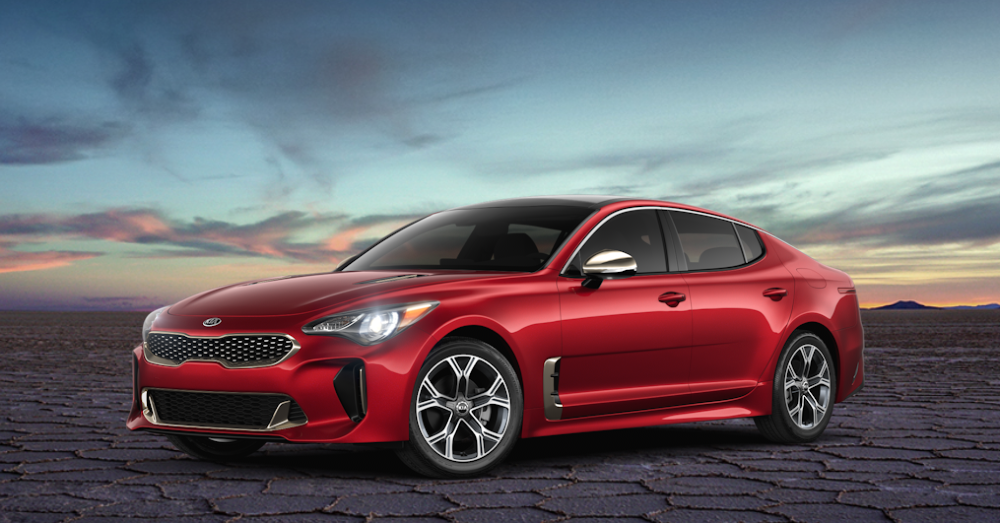

Key Kia Models Defining Luxury
While Kia doesn’t have a separate luxury division, several models within its current and recent lineup embody its luxury aspirations:
- Kia K900 (Discontinued in most markets): This full-size luxury sedan was Kia’s most ambitious attempt at directly challenging the S-Class and 7-Series. It offered a sumptuous interior with exquisite materials, advanced technology, and powerful V6 and V8 engines. Though commercially challenging due to brand perception, it was a testament to Kia’s engineering and design prowess.
- Kia Stinger (Discontinued): A true game-changer, the Stinger was a performance-luxury sportback designed to compete with the likes of BMW 4-Series Gran Coupe and Audi A5 Sportback. Its sleek design, powerful twin-turbo V6 engine, available all-wheel drive, and well-appointed interior (featuring Nappa leather, Brembo brakes, and a sophisticated infotainment system) earned critical acclaim and demonstrated Kia’s ability to build a driver-focused, premium vehicle.
- Kia Telluride: This three-row SUV has been a phenomenal success, redefining what a mainstream SUV can offer. Its bold, rugged-yet-refined design, spacious and upscale interior (especially in SX and SX Prestige trims), advanced technology, and comfortable ride have made it a go-to choice for families seeking luxury without the luxury price tag. It consistently wins awards for its value, design, and overall quality.
- Kia EV9: As Kia’s flagship electric SUV, the EV9 represents the pinnacle of its current luxury and technological aspirations. Its futuristic, boxy design, sustainable interior materials, expansive cabin space, and cutting-edge technology (including advanced ADAS, digital cockpit, and ultra-fast charging capabilities) position it as a serious contender in the burgeoning electric luxury SUV segment, challenging vehicles from Mercedes-Benz and Rivian.
- Kia Sorento (SX Prestige/X-Pro): The Sorento, particularly in its highest trims, offers a compelling package of sophisticated design, a well-appointed interior, and a choice of powerful engines (including hybrid and plug-in hybrid). It bridges the gap between mainstream and luxury, providing many premium features at a competitive price.
- Kia Carnival (SX Prestige): Dubbed an "MPV" rather than a minivan, the Carnival redefines family transportation with its SUV-like styling, surprisingly luxurious interior (especially the "VIP Lounge Seats" in the SX Prestige trim), and a host of convenience and technology features that rival luxury SUVs.
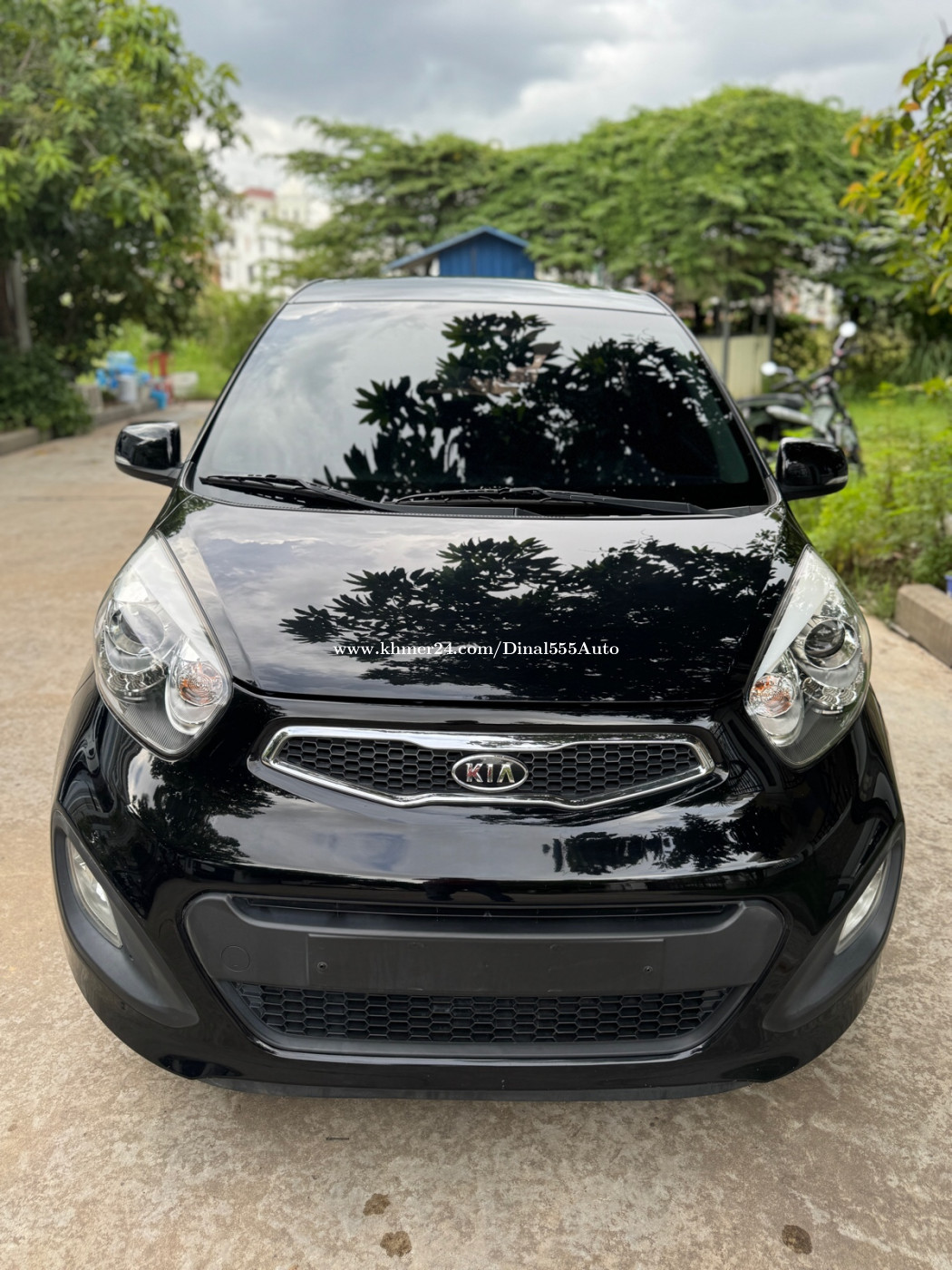
Navigating the Perception Challenge
Despite Kia’s undeniable progress, the biggest hurdle remains brand perception. Decades of being known as a value brand mean some consumers still struggle to associate Kia with luxury, often preferring the established prestige of a Mercedes-Benz, BMW, or Audi badge, even if the Kia offers comparable or superior features for less money.
Kia’s strategy to overcome this involves:
- Consistent Product Excellence: Continuously delivering vehicles that exceed expectations in design, quality, and technology.
- Targeted Marketing: Highlighting the premium features, award wins, and sophisticated nature of its top models.
- Focus on Value: Emphasizing that consumers get more for their money, a "smart luxury" choice.
- Building Brand Equity: Allowing the vehicles themselves to speak for the brand’s evolution and capabilities.
Practical Advice for Considering a Kia Premium Vehicle
If you’re considering a Kia that leans into the luxury segment, here’s some practical advice:
- Test Drive Thoroughly: Don’t just look at the badge. Experience the ride quality, interior quietness, material quality, and technology features firsthand. Compare it directly with models from traditional luxury brands you might be considering.
- Focus on Higher Trims: To truly experience Kia’s luxury aspirations, explore the top-tier trims (e.g., SX, SX Prestige, GT-Line, X-Pro). These are where the premium materials, advanced technology, and comfort features are most concentrated.
- Compare Features, Not Just Badges: Create a checklist of desired features and amenities. You might find that a fully loaded Kia offers more standard features than an entry-level luxury vehicle from a premium brand, at a lower overall cost.
- Consider Long-Term Value: Kia’s reputation for reliability and its competitive warranty (often 10-year/100,000-mile powertrain warranty) can contribute to lower long-term ownership costs compared to some luxury counterparts.
- Resale Value: While traditional luxury brands often hold their value well, Kia’s increasing desirability and segment-leading features mean that models like the Telluride often command strong resale values, mitigating concerns about depreciation.
Challenges and Future Outlook
Kia’s luxury journey is ongoing. Challenges include:
- Maintaining Innovation: The pace of technological advancement is rapid, and Kia must continue to innovate to stay competitive.
- Further Differentiation: As other mainstream brands also move upscale, Kia needs to continuously refine its unique selling propositions.
- The Electric Transition: Electrification offers a fresh canvas for luxury. The EV9 is a strong start, but Kia must continue to build compelling, premium EVs to cement its position.
Looking ahead, it’s plausible that if Kia’s premium offerings continue to gain traction and demand, the company could eventually consider a dedicated luxury sub-brand. However, for now, their strategy appears to be integrating luxury attributes directly into the Kia brand, leveraging its established network and brand recognition while broadening its appeal.
Price Table: Kia’s Premium/Luxury-Oriented Models (Estimated MSRPs for High Trims)
It’s important to note that Kia does not have a separate "luxury brand" with its own distinct pricing. The prices below reflect the Manufacturer’s Suggested Retail Price (MSRP) for the top or highly equipped trims of Kia models that offer a premium or luxury-like experience. Prices can vary significantly based on specific trim level, options, packages, region, and dealer markups.
| Model | Category | High Trim Example | Est. Starting MSRP (High Trim) | Key Luxury/Premium Features |
|---|---|---|---|---|
| Kia EV9 | Electric 3-Row SUV | GT-Line | $73,900 – $78,000+ | Dual 12.3-inch displays, Head-Up Display, Meridian Premium Audio, Digital Mirror, Sustainable materials, Advanced ADAS (HDA2), Tri-zone climate, Heated/Ventilated 1st/2nd row seats, VIP Lounge Seats (optional 2nd row), Digital Key, Vehicle-to-Load (V2L) |
| Kia Telluride | 3-Row SUV | SX Prestige X-Pro | $53,000 – $55,000+ | Nappa Leather Trim, Dual Sunroofs, Harman Kardon Premium Audio, Head-Up Display, Heated/Ventilated 1st/2nd row seats, Digital Key, Full Digital Instrument Cluster, Surround View Monitor, Highway Driving Assist, Premium Design Elements. |
| Kia Sorento | Mid-size SUV | SX Prestige X-Pro | $43,000 – $48,000+ | Leather Seating, Heated/Ventilated Front Seats, Panoramic Sunroof, Bose Premium Audio, 12.3-inch Digital Instrument Cluster, 10.25-inch Touchscreen, Advanced ADAS, Smart Power Liftgate, Interior LED Lighting. |
| Kia Carnival | MPV | SX Prestige | $42,000 – $48,000+ | VIP Lounge Seating (2nd row with leg rests), Dual Rear-Seat Entertainment, Leather Seating, Heated/Ventilated Front Seats, Dual 12.3-inch Displays, Bose Premium Audio, Smart Power Sliding Doors/Tailgate, Surround View Monitor, Rear Passenger View & Talk. |
| Kia K5 | Mid-size Sedan | GT (AWD) | $33,000 – $35,000+ | Turbocharged Engine, Sport-tuned suspension, Leatherette Seating, Panoramic Sunroof, Bose Premium Audio, 10.25-inch Touchscreen, Heated/Ventilated Front Seats, Ambient Lighting. (While not fully "luxury," GT trim offers a premium, performance-oriented experience). |
| Kia Niro EV | Electric Crossover | Wave | $45,000 – $48,000+ | Vegan Leather Seating, Heated/Ventilated Front Seats, Harman Kardon Premium Audio, Dual 10.25-inch Displays, Digital Key, Heated Steering Wheel, Power Sunroof. (Eco-luxury focus). |
| Kia Stinger | Sportback Sedan | GT2 (Discontinued) | ~$51,000 – $55,000 (Last MSRP) | Twin-Turbo V6 Engine, Brembo Brakes, Nappa Leather Seating, Heated/Ventilated Front Seats, Harman Kardon Premium Audio, Head-Up Display, Launch Control, Limited Slip Differential. (A true performance-luxury icon, though no longer in production for new sales in many markets). |
| Kia K900 | Full-size Sedan | VIP (Discontinued) | ~$60,000 – $65,000 (Last MSRP) | Quilted Nappa Leather, VIP Rear Seating with power recline/ventilation, Real Wood Trim, Lexicon Premium Audio, Head-Up Display, Multi-zone Climate Control, Power Rear Sunshade. (Kia’s most overt luxury statement, but short-lived due to market shifts). |
Note: Prices are approximate MSRPs for the highest trims and do not include destination charges, options, or dealer add-ons. Actual transaction prices may vary. Discontinued models are included for historical context.
Frequently Asked Questions (FAQ) about Kia’s Luxury Car Brand
Q1: Does Kia have a separate luxury car brand like Lexus or Acura?
A1: No, Kia does not currently operate a separate luxury car brand. Its strategy is to integrate luxury features, design, and quality directly into its main Kia brand, particularly in its higher-trim models.
Q2: What are Kia’s most luxurious models?
A2: Currently, the Kia EV9 (electric SUV) and Kia Telluride (3-row SUV) are considered Kia’s most luxurious and premium offerings. Historically, the K900 sedan and Stinger sportback were also very luxurious. The Carnival MPV and Sorento SUV in their top trims also offer a significant level of premium features and comfort.
Q3: How does a premium Kia compare to a traditional luxury brand like BMW or Audi?
A3: Premium Kia models often offer comparable, and sometimes even superior, levels of technology, interior materials, comfort features, and warranty coverage compared to entry-level or mid-range models from traditional luxury brands. The main difference lies in brand prestige and perception. Kia often provides a stronger value proposition, giving you more features for your money.
Q4: Is a Kia luxury car worth the price?
A4: Many consumers find that Kia’s premium models offer exceptional value. You get a highly equipped, well-designed, and technologically advanced vehicle with luxury-level features at a price point that significantly undercuts traditional luxury brands. If the badge isn’t your primary concern, a premium Kia can be an excellent investment.
Q5: Does Kia plan to launch a separate luxury brand in the future?
A5: While there are no official announcements, the automotive industry is dynamic. If Kia continues its success in the premium segments, and market conditions dictate, it’s not impossible for them to consider a dedicated luxury sub-brand in the long term. For now, their focus remains on elevating the core Kia brand.
Q6: Are premium Kia models reliable?
A6: Kia has made significant strides in reliability and quality over the past decade. They consistently rank well in various reliability studies (like J.D. Power). Coupled with their industry-leading warranty, premium Kia models are generally considered reliable.
Conclusion
Kia’s journey from a budget-friendly brand to a formidable competitor in the premium and luxury segments is a testament to its strategic vision, relentless pursuit of quality, and daring design philosophy. While it may not bear a separate luxury badge, models like the EV9, Telluride, and the iconic Stinger have unequivocally demonstrated Kia’s capability to deliver sophisticated design, advanced technology, refined performance, and luxurious comfort. For the discerning buyer who values substance over pure prestige, a premium Kia offers an intelligent and compelling alternative, redefining what a "luxury car" can be and proving that true automotive excellence is accessible across the brand spectrum. Kia’s ascent into luxury is not just a trend; it’s a profound transformation that continues to reshape the automotive landscape.
